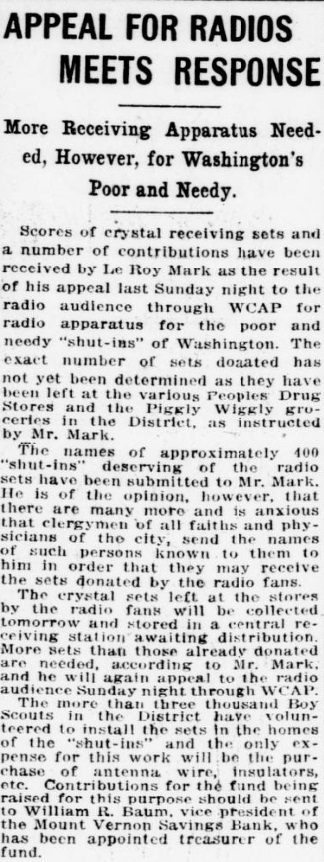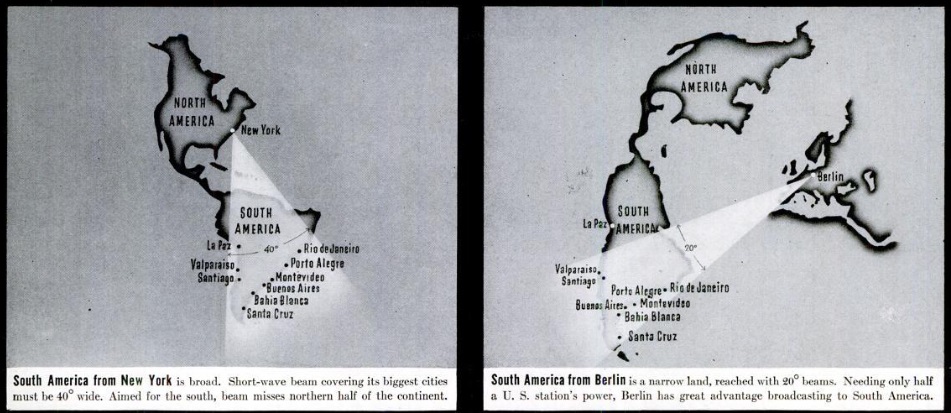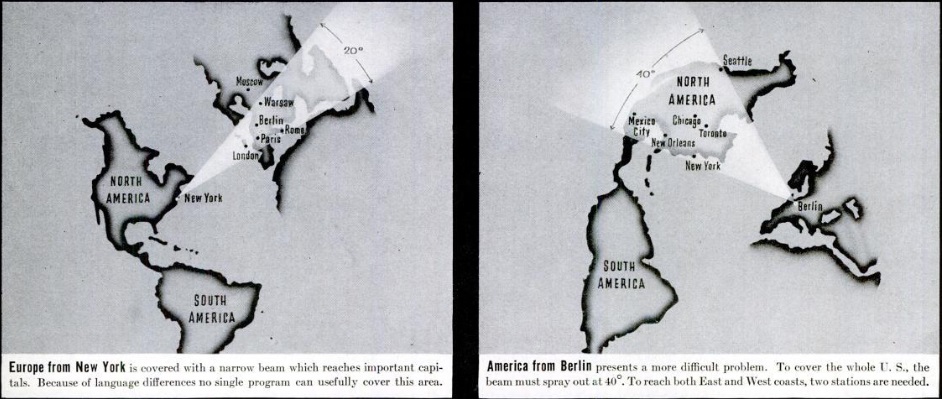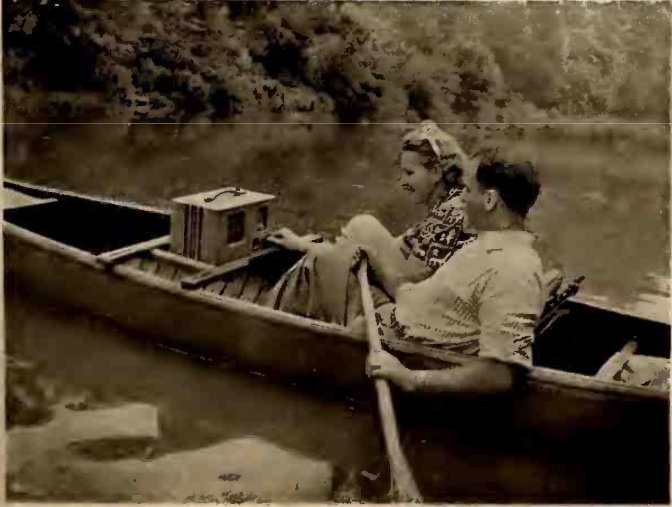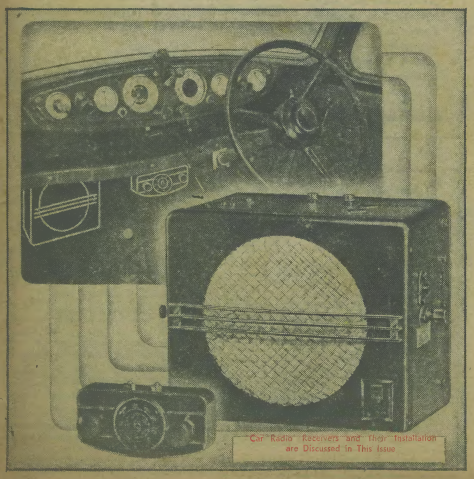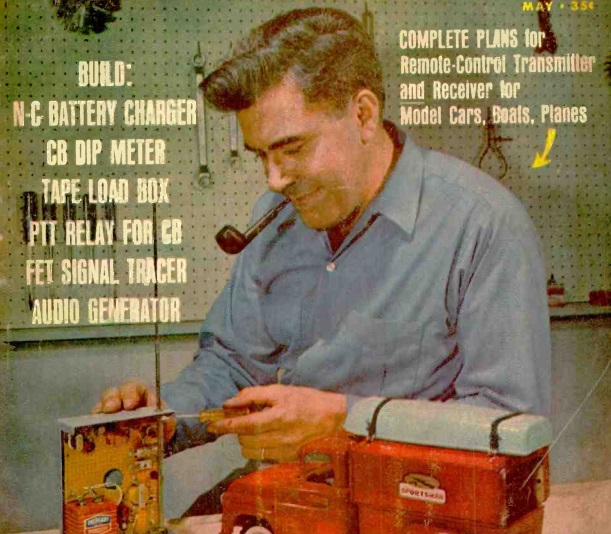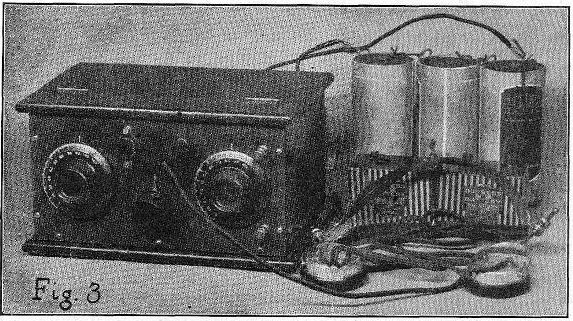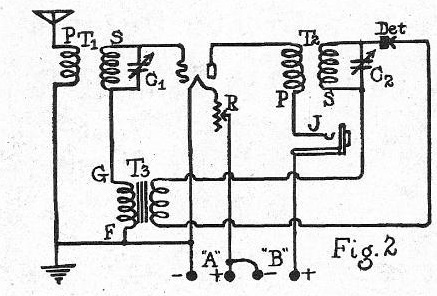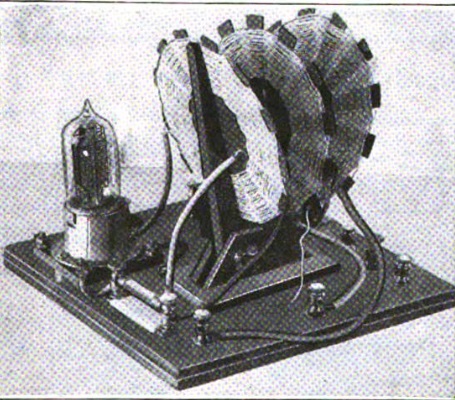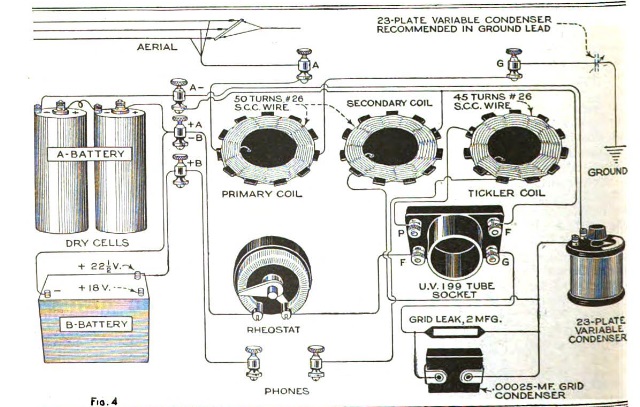 Eighty years ago this month, the May 1944 issue of Radio Craft carried this circuit for a one-tube receiver. It had been sent in to the magazine by one Bob Smith of Montclair, NJ, who pointed out that standard plug-in coils could cover the shortwave and broadcast bands. He added one word of caution, “do not ground set.” This, of course, is because it was running straight off the AC line, and if you grounded it, there would be a 50/50 chance that you would short out the power. We, of course, will add another word of caution, namely, not to touch anything. The headphones are hot, strapped right to your head. So if you touch a grounded object nearby, there’s a 50/50 chance that the resulting current would run right through you.
Eighty years ago this month, the May 1944 issue of Radio Craft carried this circuit for a one-tube receiver. It had been sent in to the magazine by one Bob Smith of Montclair, NJ, who pointed out that standard plug-in coils could cover the shortwave and broadcast bands. He added one word of caution, “do not ground set.” This, of course, is because it was running straight off the AC line, and if you grounded it, there would be a 50/50 chance that you would short out the power. We, of course, will add another word of caution, namely, not to touch anything. The headphones are hot, strapped right to your head. So if you touch a grounded object nearby, there’s a 50/50 chance that the resulting current would run right through you.
A 70-watt lightbulb is used to drop the filament voltage to 12.5 volts to light the filament of the 12A7 tetrode/diode tube.

